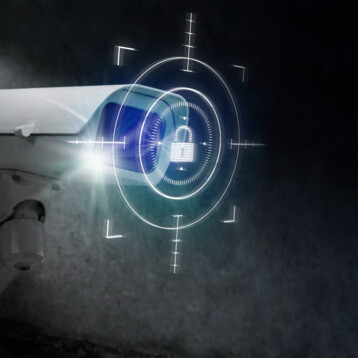The concept of an aircraft that can be piloted both remotely and via a pilot is not new. In the late 1960’s and early 1970’s, during the Vietnam War, the United States Air Force operated QU-22 Pave Eagle aircrafts as electronic monitoring signal relay planes. These were capable of both manned and unmanned flight and were used as part of a top secret U.S. electronic warfare operation in Vietnam code named Operation Igloo White which utilized electronic sensors, computers, and communications relay aircrafts in an attempt to automate intelligence collection on Viet Cong movements. Although the planes were capable of remote flight they were never used operationally in this way during the war. As for Operation Igloo White, although more than a billion dollars were spent between 1968-1973 the operation was not considered effective, partly at least because the technology for such an ambitious operation was not sufficiently advanced at the time.
The current day descendant of the QU-22 may be under development by the Maryland based company Proxy Aviation Systems. The company is developing two fairly large UAV platforms: SkyWatcher and its bigger and newer ‘brother’ called SkyRaider. The SkyWatcher has a full take-off weight of 2,900 lbs (1315kg) and flight endurance of up to 15 hours, while the heavier SkyRaider has a full gross weight of 4,000 lbs (1815kg) and can stay in the air for up to 30 hours. Both UAVs can be piloted remotely or manually.
The SkyWatcher and SkyRaider can carry various payloads (both internally and externally) including Synthetic Aperture Radars (SAR), Electro Optic (EO) / InfraRed (IR) imaging equipment, Signal Intelligence (SigInt) devices, Communications Intelligence (CommInt) equipment, Communications Relay equipment and more. The variety of payloads and heavy carrying capacity make the SkyWatcher and SkyRaider two of the most capable medium sized UAVs in the world. With the added bonus of manned/remote control flight as well as group operation it’s not surprising that Proxy Aviation Systems recently won the backing of the United States Air Force.
In a test conducted in February 2007 at the Eglin Air Force Base in Florida, and later on at Creech Air Force Base in Nevada, the SkyWatcher and SkyRaider were tested in flight. The demonstrations included cooperative flight of several unmanned aircrafts flying in formation, while simultaneously distributing sensor control and viewing capability among multiple end users.
TFOT recently covered several other advanced UAVs including Schiebel Camcopter S-100 unmanned helicopter, Honeywell’s Miniature Air Vehicle and Boeing’s Hummingbird, as well as a new concept for UAV to UAV refueling and a canister launched UAV.
More information on the SkyWatcher and SkyRaider UAVs can be found on the Proxy Aviation Systems website.










